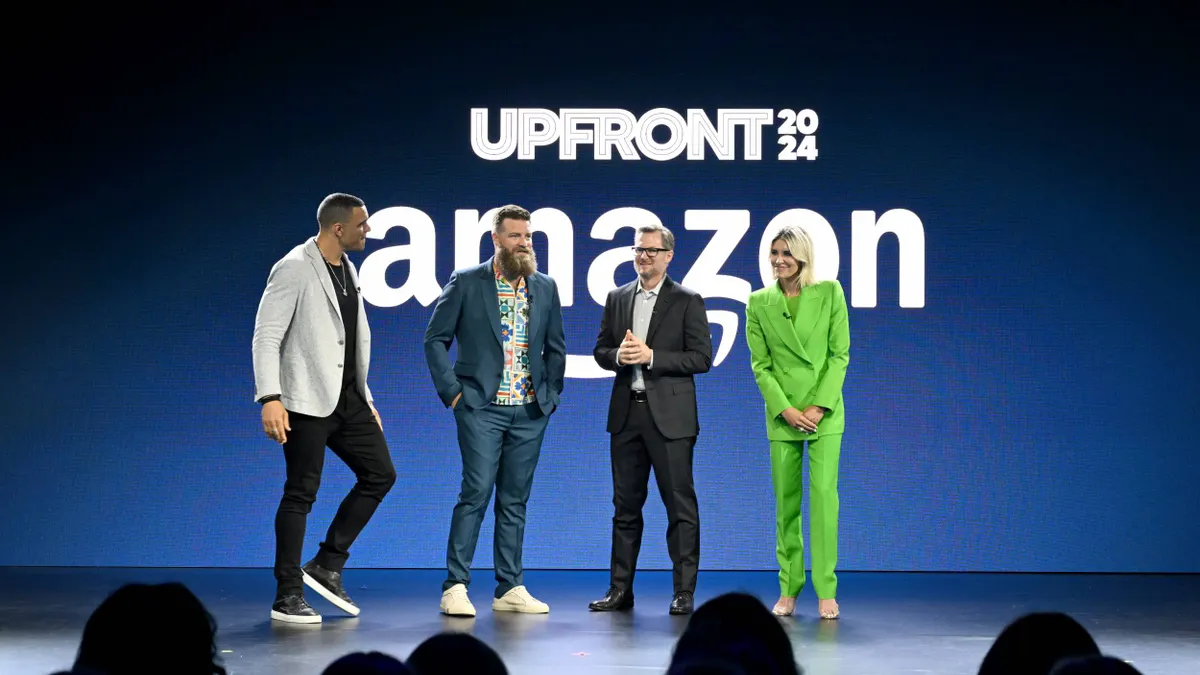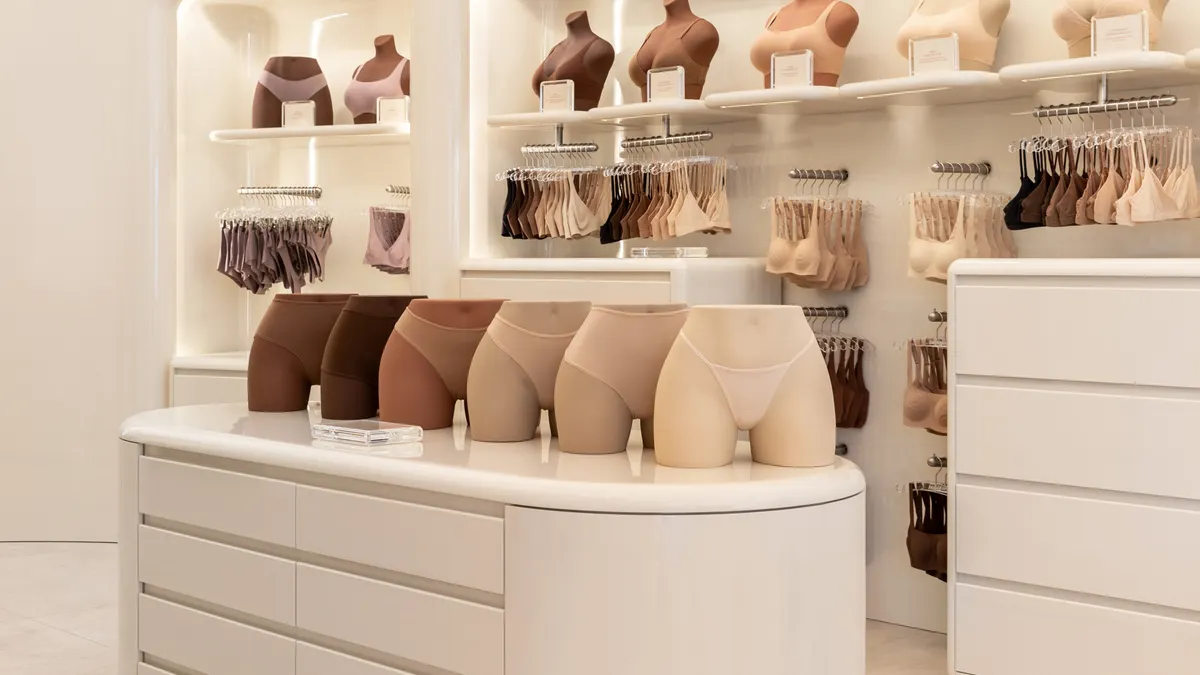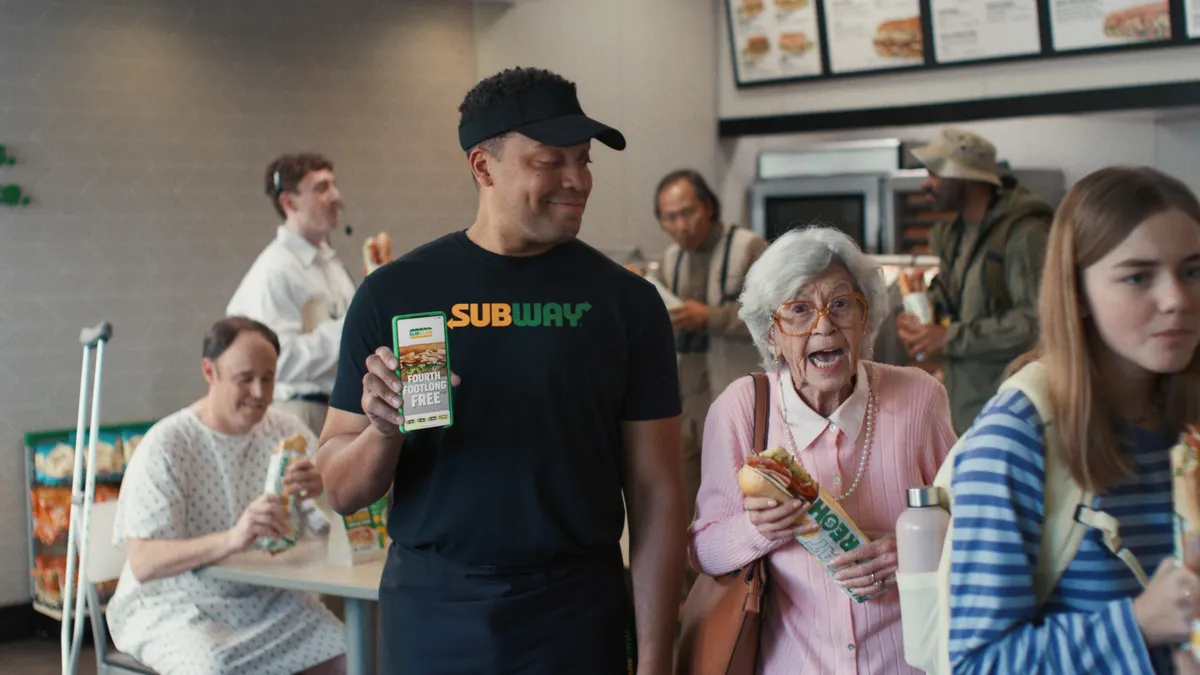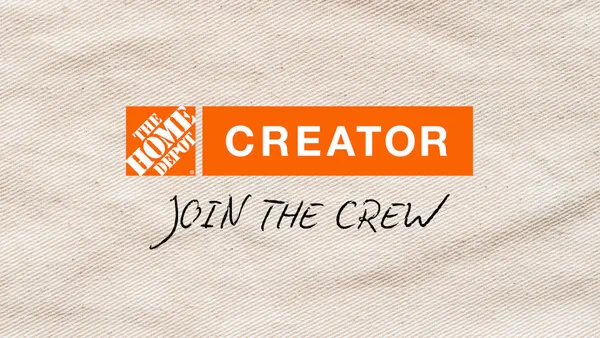WASHINGTON — Tucked along a quiet strip of Fourth Street, a sleek, blue-lit showroom offers a taste of day-to-day reality with a futuristic twist. Greeted at every turn by smiling store associates, visitors circle through stations replicating scenes that are familiar — a coffee shop, a Metro turnstyle, an athletic store — but outfitted with tomorrow's payment technology.
"Contactless payments," an excited associate, iPad in hand, tells visitors, "are the future."
This Visa innovation center is temporary, set up for a three-week stint in July. Visa has 10 innovation centers around the world, which help individuals "understand Visa's role as a payments technology company," said Marni Goldberg, senior director of public affairs at Visa.
More broadly the innovation centers may also end up doing double duty in educating consumers about a technology that, at least in the U.S., has yet to gain real traction.
The D.C. pop up showcases how contactless payment methods can work in a variety of daily transactions. On the premise that contactless payment is ready to take off as a major form of transaction in the U.S., Visa's stated goal is to showcase the benefits for retailers and consumers: quicker shopping, faster commuting and simpler recovery of a lost card.
Trailing a Visa host around the dimly-lit room, visitors to the innovation center follow a hypothetical day in the life of "Kate," an on-the-go mom whose busy lifestyle is eased by contactless payment capabilities. Going for a run, but she has to stop at the grocery store? No problem, all she needs is her smartphone to buy a drink and get an electronic receipt. Lost her credit card? She can request a new one through her financial institution's app, and use her phone instead of a card to pay right away. (As an associate shows visitors on a giant LCD screen, the app also lets her put a temporary block on her card, set alerts and limit spending.)
When Kate has to buy snacks for her son's sports team, her time crunch isn't an issue. She can skip the line and pay for chocolate chip cookies at a cafe by tapping her phone or card at a kiosk. (At a check-out counter set up with coffee cups, coffee beans and a touch screen, a Visa rep demonstrates the process, and — surprise! — pulls out a tray of very much contact-able cookies for visitors to take with them.)
For Washington, D.C., natives, Kate's run through the Metro turnstyle feels especially applicable. Visitors can try it by slipping on wristbands with plastic Visa chips, which are tapped on a sensor. The gate beeps and lets the person through. As long as commuters' cards link to their wearable devices, there's no need for a separate transaction, like purchasing a SMARTrip card.
The technology may seem space-agey to Metro riders, but it's already prevalent in London. And the Washington Metropolitan Area Transit Authority announced this spring that it plans to be mobile ready by next year, allowing customers to pay for a ride by tapping their phones to a sensor on the fare gate.
The next station is a step up from the tap-and-go style, but not totally unfamiliar. Similar to an Amazon Go location, it's an athletic store replication, complete with mannequins, where Kate can pick up an RFID-equipped item, pay and leave. There's no cashier to be seen.
An associate demonstrates: He places an item at the check-out station, sees the price on a screen, scans his wrist to confirm his ID, and walks out. In this case, it's assumed that his card info was already in the system; once the system checks his identity — which some systems can do with voice automation or an iris scan — he's good to go.
That type of payment system is a little different from "contactless," though, said Brendan Miller, principal analyst at Forrester, in an interview with Retail Dive. Since it doesn't require a card at the point of sale, it's more accurately called "remote."
As the tour wraps up, an associate summarizes how far contactless payment technology has come, and how far it still has to go, noting that in 2015, digital payments surpassed cash payments for the first time. For retailers and merchants, they hold a host of benefits — reducing fraud at point of sale, increasing spending power and shortening customer lines. But the technology isn't going to roll out next week.
Most technologies displayed in the room are implemented somewhere in the world, said Amanda Pires, vice president of global innovation communication at Visa. But the U.S. isn't quite there.
When U.S. banks rolled out contactless cards in the mid-2000s, merchants didn't have compatible terminals, and the effort fizzled, Miller said. In the past few years, the U.S. has focused more on rolling out EMV — or chip — technology and still lags in contactless technology. According to Visa, contactless usage reached a mere 0.6% in the U.S. by September 2017, a far cry from the 92% rate in Australia and 49% in the United Kingdom.
But most chip enabled terminals will be able to accept contactless payments with a software upgrade, Pires said.
Now, the technology is there, but the contactless cards aren't, said Miller. Visa and MasterCard are encouraging banks to issue them, but they have to convince banks that the more expensive cards will pay off in the long run and keep their customers loyal.
Meanwhile, some merchants are nervous about contactless payments, Miller said. If Visa and MasterCard require retailers to "honor all wallets," a company like Walmart might have to accept an Amazon credit card, for example, giving Amazon data that Walmart doesn't want it to have.
But Pires is optimistic that the technology will grow popular.
"Once contactless cards are introduced into a market, consumer adoption typically happens quickly," she said, adding that they expect contactless payments to catch on in the next three to five years."
And experience proves that consumers are willing to make concessions in exchange for something they like — for example, chocolate chip cookies. And as with anything new, retailers want to give them what makes them happy. If consumers clamor for new payment processes it could drive adoption, but that day is still likely out on the horizon.




















